The mandolin family
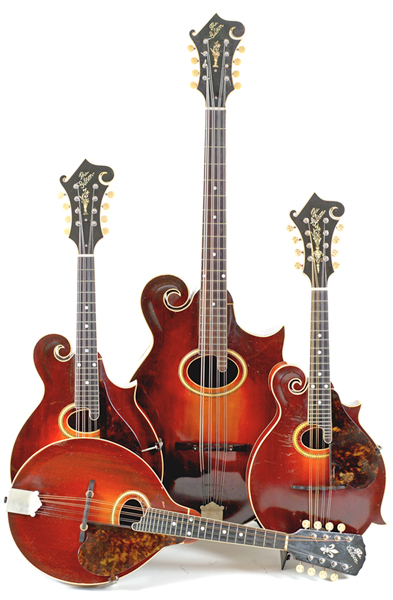
Reproduced by permission of Elderly Instruments.
The mandolin family is related to the violin family, with basically the same assortment of various-sized instruments intended to be played together to form a single harmonious sound. The figure above shows a family portrait including the mandolin, the mandola and the mando-cello.
Reaching the highest notes: Mandolin
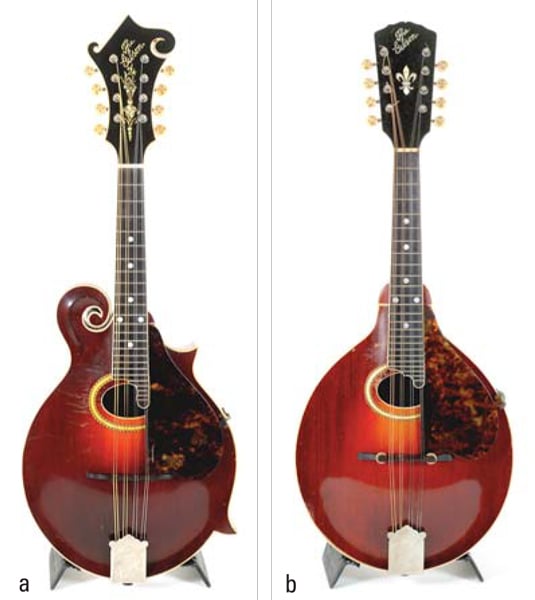
Reproduced by permission of Elderly Instruments.
Mandolins come in many varieties, but in all cases they’re the soprano voice of the mandolin family. The strings are tuned to the notes G, D, A and E (the same as a violin), and mandolins have pairs of strings for each note. The mandolin is primarily responsible for melody and can be thought of as the child in the family. Mandolins like to play in harmony with other mandolins, like children (well, like some children) like to play in harmony with other children.
Playing with an alto voice: Mandola
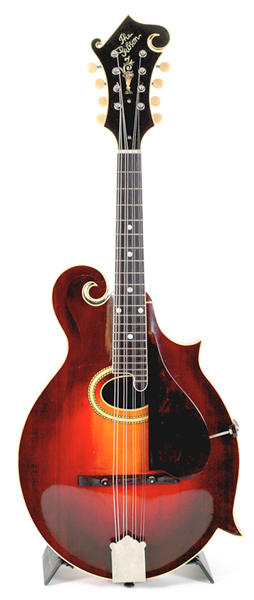
Reproduced by permission of Elderly Instruments.
The mandola is a sister to the viola from the violin family. Think of the mandola as the mother of the family in that it can play melody but chooses to shine the spotlight on the children, supplying support and at times going unnoticed. It has a rich voice and is tuned to the notes C, G, D and A, placing it in the alto range of the ensemble.
Lowering the tone: Mando-cello
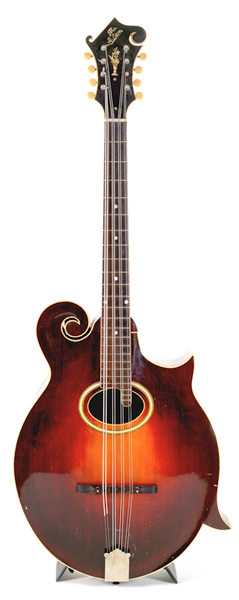
Reproduced by permission of Elderly Instruments.
The mando-cello, much like its cousin the violin-cello, can provide rich low notes to fill out the bottom register of the family. You can think of the mando-cello like the deep-voiced father of the family, providing a strong foundation for other mandolins and rarely needing to be in the spotlight. The mando-cello is tuned to C, G, D and A like the mandola, but one complete octave lower.
Spotting the rarely seen Mando-bass
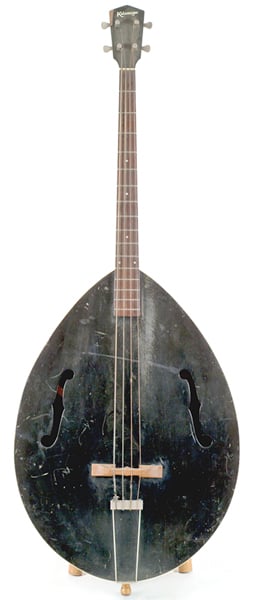
Reproduced by permission of Elderly Instruments.
Every once in a while at family gatherings, a strange old gent turns up whom you’re supposed to call Uncle George. As far as you can figure out, he’s not really part of the family, but everyone still seems to get along. This strange old man is the mando-bass and isn’t included in many of the family photos.
These instruments are very rare and for the most part have gone the way of the dinosaur. The role of the mando-bass is like other bass instruments, although most people today use a string bass or even an electric bass guitar for this role. The mando-bass has only four strings and is tuned to E, A, D and G (like a stand-up or electric bass).
Accompanying the family: Octave mandolin
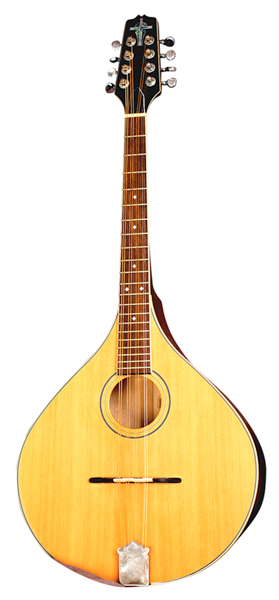
Reproduced by permission of Elderly Instruments.
You can think of the octave mandolin as the stepchild or adopted child. Although octave mandolins fit into the family, they don’t share the genetic lineage that the other members of the family enjoy. The octave mandolin (or the octave mandola as it’s sometimes called) is tuned to G, D, A and E, one full octave lower than the mandolin, placing it somewhere between the mandola and the mando-cello.
These instruments are popular in Irish music and are used primarily to provide accompaniment, although some large-handed individuals may explore them as a melody instrument.

